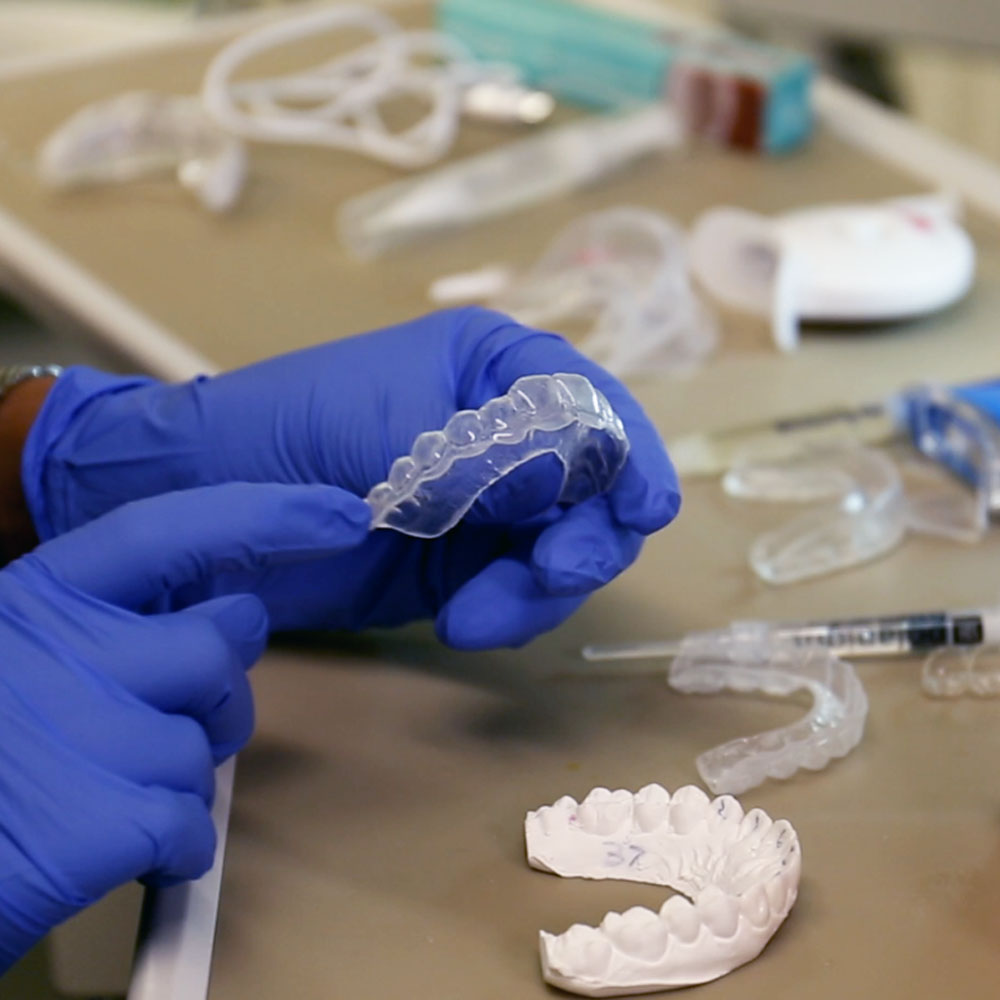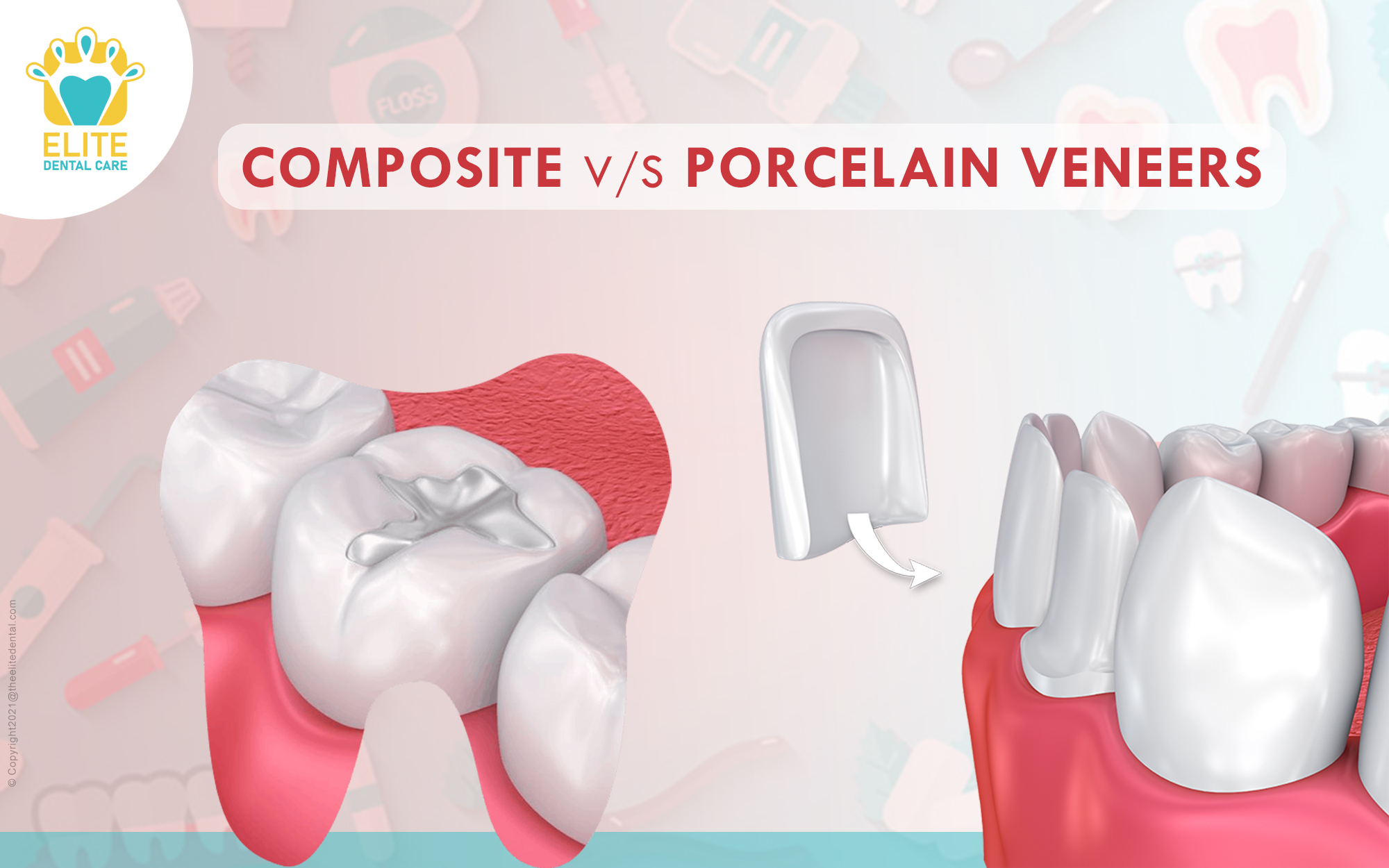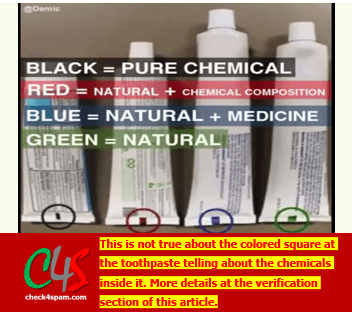Carbamide Peroxide Teeth Whitening Explained

The pursuit of a brighter, more radiant smile has led to the development of various teeth whitening methods, with carbamide peroxide being a key component in many over-the-counter and professional products. Understanding how carbamide peroxide works, its benefits, and its limitations can help individuals make informed decisions about their teeth whitening options.
What is Carbamide Peroxide?
Carbamide peroxide is a stable, effective whitening agent commonly used in dental bleaching products. It’s a peroxide-based compound that breaks down into hydrogen peroxide and urea upon contact with water. Hydrogen peroxide is the active whitening agent, responsible for penetrating the tooth enamel and dentin to break down stain molecules, thus brightening the tooth’s appearance.
How Does Carbamide Peroxide Work?
The whitening process with carbamide peroxide involves several steps: 1. Application: Carbamide peroxide gel is applied to the teeth via trays, strips, or direct application in a dental office. 2. Decomposition: Once in contact with saliva or water, carbamide peroxide decomposes into hydrogen peroxide and urea. 3. Penetration: Hydrogen peroxide penetrates the tooth enamel and dentin. 4. Oxidation: The hydrogen peroxide breaks down stain molecules through oxidation, converting them into water and oxygen. 5. Whitening: As the stain molecules are broken down and washed away, the teeth appear whiter and brighter.
Benefits of Carbamide Peroxide
- Convenience: Available in various forms, including at-home trays, strips, and professional treatments, offering convenience and flexibility.
- Effectiveness: Proven to be effective in whitening teeth, especially for surface stains.
- Cost-Effective: Compared to professional in-office whitening treatments, at-home carbamide peroxide products can be more affordable.
- Wide Availability: Can be found in many over-the-counter products as well as in professional dental whitening solutions.
Limitations and Considerations
While carbamide peroxide is a popular and effective teeth whitening agent, there are considerations and potential side effects to be aware of: - Sensitivity: Teeth and gum sensitivity are common side effects, especially if the product is used too frequently or in high concentrations. - Gum Irritation: The whitening agent can cause irritation to the gums, especially if the gel comes into contact with them. - Uneven Whitening: Teeth with fillings, crowns, or other restorations may not whiten as evenly as natural teeth. - Overuse: Using carbamide peroxide products too frequently can lead to over-bleaching, causing teeth to appear translucent or blue-ish.
Safety and Precautions
To ensure safe and effective use of carbamide peroxide teeth whitening products: - Follow Instructions: Adhere to the product’s instructions for application time and frequency. - Dental Consultation: Consider consulting a dentist before starting any whitening treatment, especially for severe stains or sensitive teeth. - Concentration: Be aware of the concentration of carbamide peroxide in the product, as higher concentrations may increase the risk of side effects.
Conclusion
Carbamide peroxide offers a viable option for individuals seeking to whiten their teeth. Its effectiveness, convenience, and relatively low cost make it a popular choice. However, understanding its limitations and taking necessary precautions can help minimize side effects and ensure a satisfactory outcome. Whether opting for over-the-counter products or professional treatments, consulting with a dental professional can provide personalized advice and help achieve the desired whitening results safely.
For those considering teeth whitening with carbamide peroxide, it's essential to have realistic expectations. While it can significantly improve the appearance of teeth, it may not completely remove all stains, especially those caused by factors other than surface stains.
Future of Teeth Whitening
As dental technology continues to evolve, we can expect to see advancements in teeth whitening methods, potentially including more targeted applications of carbamide peroxide and the development of new whitening agents. Innovations in delivery systems, such as customized trays and advanced strips, may also improve the efficacy and comfort of at-home whitening treatments.
FAQ Section
How long do the effects of carbamide peroxide teeth whitening last?
+The effects of teeth whitening with carbamide peroxide can last from a few months to up to three years, depending on oral hygiene habits, diet, and the presence of staining substances like coffee, tobacco, and red wine.
Is carbamide peroxide safe for sensitive teeth and gums?
+While generally considered safe, individuals with sensitive teeth and gums may experience increased sensitivity or irritation with carbamide peroxide. Starting with lower concentrations and following product instructions can help mitigate these side effects.
Can carbamide peroxide whiten dental restorations like fillings and crowns?
+Carbamide peroxide does not effectively whiten dental restorations such as fillings, crowns, or veneers. These materials do not respond to whitening agents in the same way as natural tooth enamel and dentin.
In conclusion, carbamide peroxide stands as a widely used and effective agent in teeth whitening, offering a balance of convenience, affordability, and results. As with any cosmetic dental treatment, understanding the process, benefits, and potential drawbacks is crucial for making informed decisions and achieving the desired outcome.


